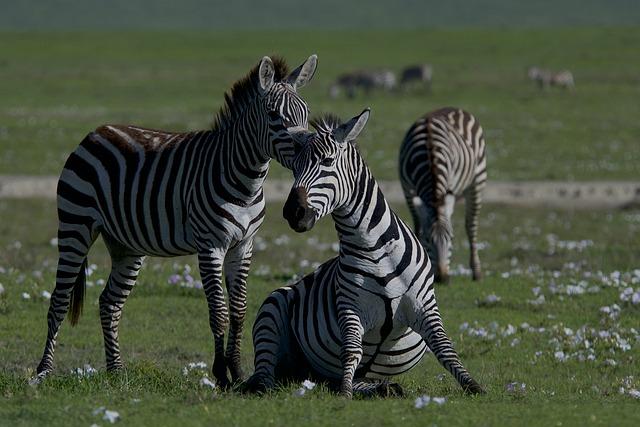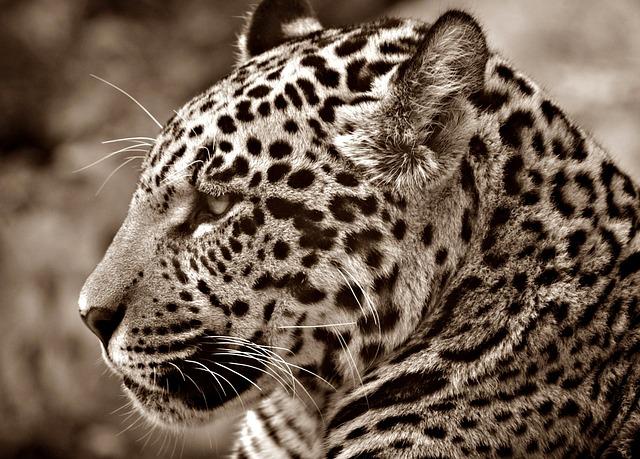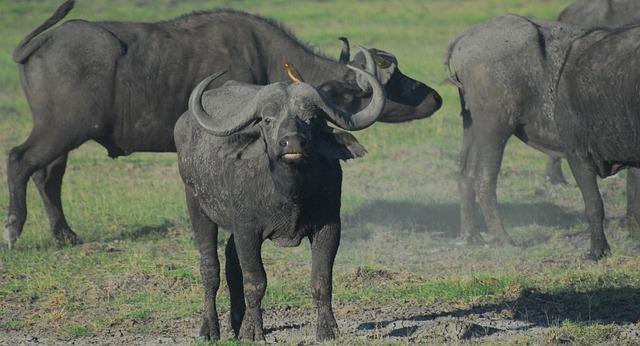- Introduction
- What is Rewilding?
- Why Is Rewilding Needed in Iberá Provincial Reserve?
- Key Species in the Rewilding Program
- The Impact on Local Communities
- Conclusion
- FAQs
- References
Introduction
Located in northeastern Argentina, Iberá Provincial Reserve stands as one of the largest and most significant protected areas in South America. Covering more than 1.3 million hectares, it harbors an astonishing diversity of wildlife and unique landscapes, dominated by wetlands, grasslands, and forests.
The rewilding program in Iberá aims to restore the ecosystem through species reintroductions and habitat restoration efforts. In this article, we'll delve into what rewilding is, why it's needed, explore key species that have been reintroduced into the region, and analyze the significant impact this all has on local communities. Understanding these aspects offers critical insights into how conservationists are fighting to preserve biodiversity in the face of global climate change and habitat destruction.
What is Rewilding?

(Image: Pixabay/@OpenClipart-Vectors)
Rewilding is a nature conservation strategy aimed at restoring and protecting natural processes and wilderness areas. It typically involves the reintroduction of key species that had been previously extirpated due to human activities or environmental degradation. Rewilding seeks to allow ecosystems to regain functionality and balance, as the return of such species often brings about cascading ecological benefits.
The goal of rewilding goes beyond just species recovery; it's about re-establishing ecological dynamics and reducing human intervention, allowing nature to self-regulate over time. These dynamics might include predator-prey relationships, seed dispersal, and landscape shaping activities that specific animals perform, such as beavers building dams or large herbivores grazing and maintaining open fields.
Taking place in a variety of habitats—ranging from forests and grasslands to river systems and deserts—rewilding is increasingly seen as a solution to modern biodiversity loss and the impacts of climate change.
Today, rewilding projects have begun to be implemented across the world, with Iberá Provincial Reserve being a remarkable example of its effectiveness and potential success.
Why Is Rewilding Needed in Iberá Provincial Reserve?

(Image: Pixabay/@7523944)
Historically, the Iberá ecosystem suffered significant declines due to agricultural expansion, human encroachment, and hunting practices. Many native species like jaguars, giant anteaters, and peccaries disappeared from the landscape, causing disruptions in the natural balance.
Iberá’s wetlands once functioned as a thriving, biologically diverse region, home to vast amounts of flora and fauna. The reduction in keystone species left significant gaps in ecosystem roles, including those related to seed dispersion, controlling prey populations, and maintaining their habitats' health.
Beyond biodiversity, rewilding Iberá helps mitigate some of the impacts of climate change. Wetlands are known to be excellent carbon sinks, and with a healthy animal population, these ecosystems can more effectively regulate carbon footprints and water cycles. Without comprehensive protection and rewilding efforts, however, this delicate ecological fabric would continue to decline.
Ultimately, Iberá's importance as a national and global ecological site supports the necessity for rewilding initiatives. Conservationists argue that rewilding is essential not only to save endangered species but also to refresh the biological integrity of the landscape itself.
Key Species in the Rewilding Program

(Image: Pixabay/@3342)
Several species play crucial roles in Iberá's rewilding efforts, including top predators and herbivores that influence ecosystems through their presence and behaviors.
Jaguars
The jaguar, South America's largest wild cat, was once widespread throughout Argentina but went extinct in Iberá nearly a century ago. The reintroduction of jaguars is one of the pioneering efforts in the reserve. Jaguars serve as top predators, helping to maintain the ecological balance by controlling prey populations and aiding in biodiversity.
Giant Anteaters
Giant anteaters are essential for keeping termite and ant populations in check. Reintroduced in the early 2000s, their presence contributes to maintaining the stability of invertebrate communities, which are themselves crucial for soil health and broader ecosystem functionality.
Pampas Deer
The reintroduced Pampas deer, once almost extinct in this part of the world, helps restore synergy with other grazers. Holding a section of the food chain, they contribute to the regulation of vegetation patterns and promote habitat diversity for many smaller species.
Peccaries and Giant Otters
Both of these species were largely wiped out due to hunting and habitat destruction. Their return to Iberá has aided in the ecological restoration of both the wetland environments for the otters and forest patches for the peccaries.
Each species involved in this rewilding project plays a pivotal role in helping Iberá recover organically, producing a ripple effect that's felt across the economic, societal, and environmental spectrum.
The Impact on Local Communities

(Image: Pixabay/@mr_sweetis)
While Iberá's rewilding primarily focuses on ecological restoration, the program has profoundly impacted local communities economically and socially.
One of the most visible outcomes is the rise of ecotourism. As large charismatic species, such as the jaguars, begin to thrive again in Iberá, the region witnessed a significant increase in visitors. This has provided new job opportunities in hospitality, guiding, and eco-tourism services to rural communities that once relied predominantly on cattle ranching and agriculture.
In addition to eco-tourism, education and environment-based programs have heightened environmental awareness among the younger generation in these regions, encouraging sustainable living practices, preservation of the land, and a deeper respect for wildlife.
Another important aspect of the program is the involvement of local community members in conservation. Many of Iberá's residents are engaged either directly or indirectly in efforts ranging from monitoring newly released animals to habitat restoration projects. This not only empowers local populations but fosters a shared sense of responsibility for the future health of the ecosystem.
Through these socioeconomic channels, the rewilding efforts in Iberá have become a shared vision between conservationists and local communities, ensuring long-term sustainability for both humans and wildlife alike.
Conclusion
Iberá Provincial Reserve serves as a perfect example of how rewilding programs can achieve substantial ecological and social benefits. By reintroducing keystone species and working closely with local populations, this massive wetland area is undergoing a remarkable transformation.
The rewilding of Iberá is more than just a story of wildlife revival; it’s a demonstration of how humanity can co-exist and even enhance natural environments. With continuous support and collaboration, it has the potential to flourish further, safeguarding not only the region’s biodiversity but creating sustainable models for conservation worldwide.
FAQs
What species have been reintroduced into Iberá?
Reintroduced species include jaguars, giant anteaters, Pampas deer, peccaries, and giant otters, each playing vital roles in restoring the ecosystem.
Why is rewilding considered important?
Rewilding helps restore the natural balance in ecosystems by reintroducing critical species and reducing human intervention, allowing nature to self-regulate and thrive.
How does the rewilding program benefit local communities?
The program boosts ecotourism, provides new economic opportunities, and engages locals in conservation efforts, fostering sustainable development while preserving biodiversity.
What is the future of the Iberá rewilding project?
If supported continuously, the project holds enormous potential for further success, potentially expanding into neighboring areas and continuing to create a balanced, thriving ecosystem.

